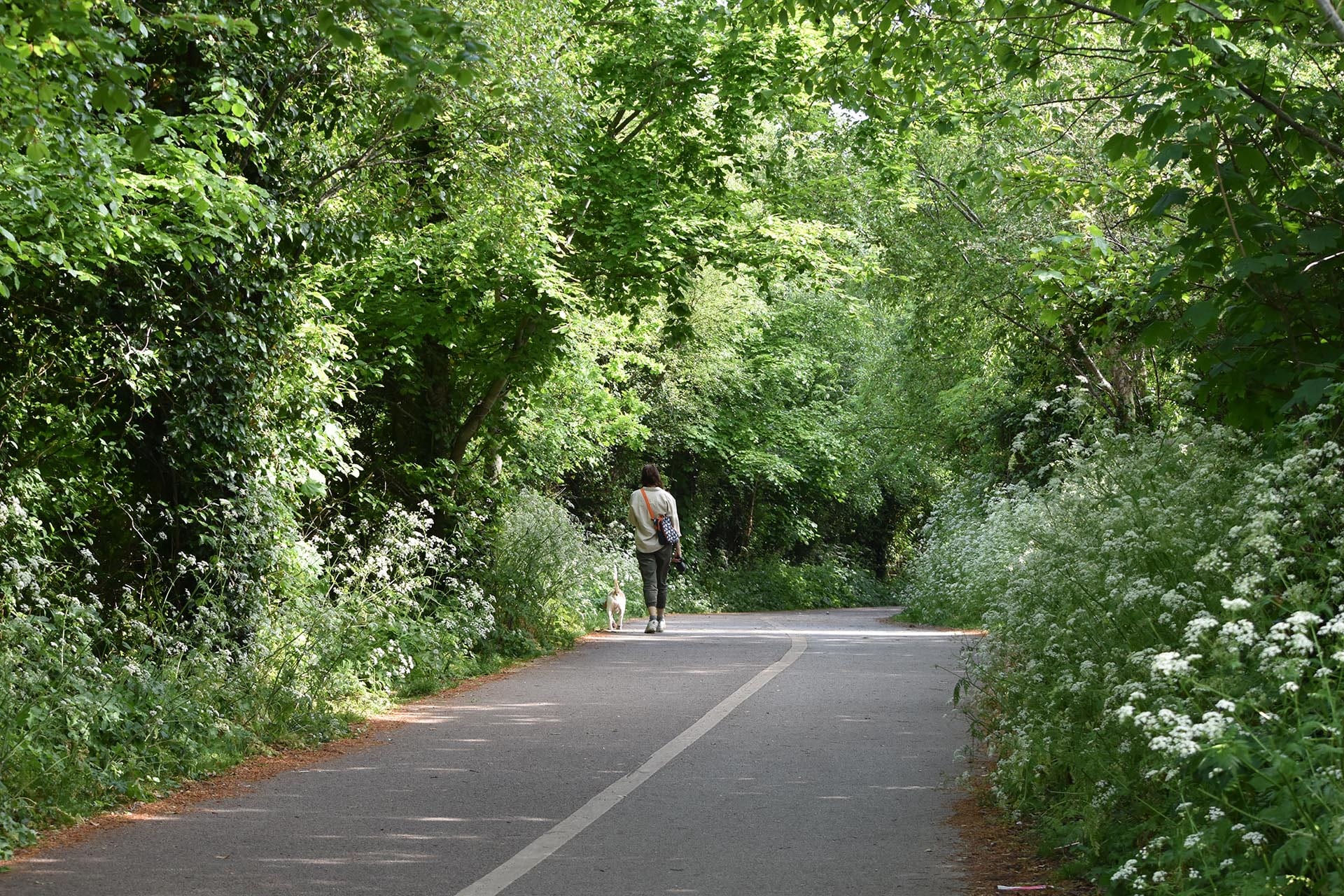Climate Resilience: Dublin Responds With Nature-Based Solutions


Collins Park. Photo: Joanna Travers.
The spill reduction from Victorian Sewers Project focuses on nature-based water retention measures in Dublin’s communal spaces, and will assess the viability of integrating natural water retention measures (such as rain gardens) with community-based environmental initiatives in order to address flooding in the city. Dublin will be retrofitting sustainable urban drainage systems (natural water retention measures), and demonstration sites will also be developed to showcase nature-based solutions.
This project will remove carbon and air pollutants from the atmosphere through the greening of the urban landscape, and will reduce energy use in wastewater pumping stations and treatment plants. Given the multiple benefits for the city, the project was nominated for the Climathon Global Awards, led by EIT Climate KIC in partnership with Crowther Lab, an initiative that invited cities across the world to engage in climate action and find new systemic solutions to tackle the current climate crisis.
Biodiversity Is A Top PriorityOne of Dublin City’s main priorities is to ensure health and resilience through biodiversity conservation. The Council has developed a Biodiversity Action Plan to protect natural habitats, particularly along its coastline, and several legally-protected species, particularly along its waterways and within larger public parks. However, a number of threats to the City’s biodiversity remain, including invasive species, the impacts of climate change, habitat loss, pollution, and human behavior.
The overarching aim of the Biodiversity Action Plan is to conserve biodiversity within the City. This goal relies on a combination of different approaches, including direct and appropriate management of biodiversity at local and regional levels, identification and protection of important conservation value areas, enhancing biodiversity conservation within the green infrastructure network, raising awareness and understanding among decision-makers, providing appropriate guidance to landowners, and shifting public behavior to support the protection and appreciation of biodiversity.
Trees and forests form an integral part of the urban fabric of Dublin City, whether they are under public or private ownership. The Liffey River and its canals, which pass through both the ‘old’ city and its unique Georgian squares and streets, and the larger areas of Victorian architecture both north and south of the canals, underpin the city’s strong character and identity, which is recognized internationally. The city’s public trees have been actively managed by the Parks Service since its establishment in the 1950s. Dublin’s public trees together with privately-owned trees collectively help to create an urban forest of great value. There are an estimated 60,000 street trees and 40,000 trees in public parks in the city.
The City Council aims to provide the city with a diversity and abundance of healthy, attractive trees, cared for and managed to a high standard. Dublin focuses on protecting the trees they already have, caring for trees to promote healthy growth and development, planting more trees to ensure a sustainable urban tree canopy, and communicating effectively with the public and stakeholders to further these efforts.
The Biodiversity Action Plan is the framework to implement the aforementioned policy to protect and increase tree cover in the city, setting out 19 key actions, responsibilities, and target dates to find ways to manage current tree stock and to increase tree cover in the future. The Action Plan identifies steps to study the location, distribution, and condition of trees within the city, and to monitor changes and trends. The anticipated outcome of the Action Plan is for trees to enhance the well-being of the people who live, work in, and visit Dublin, to benefit wildlife, and to promote the unique character of Dublin as the capital of Ireland.










